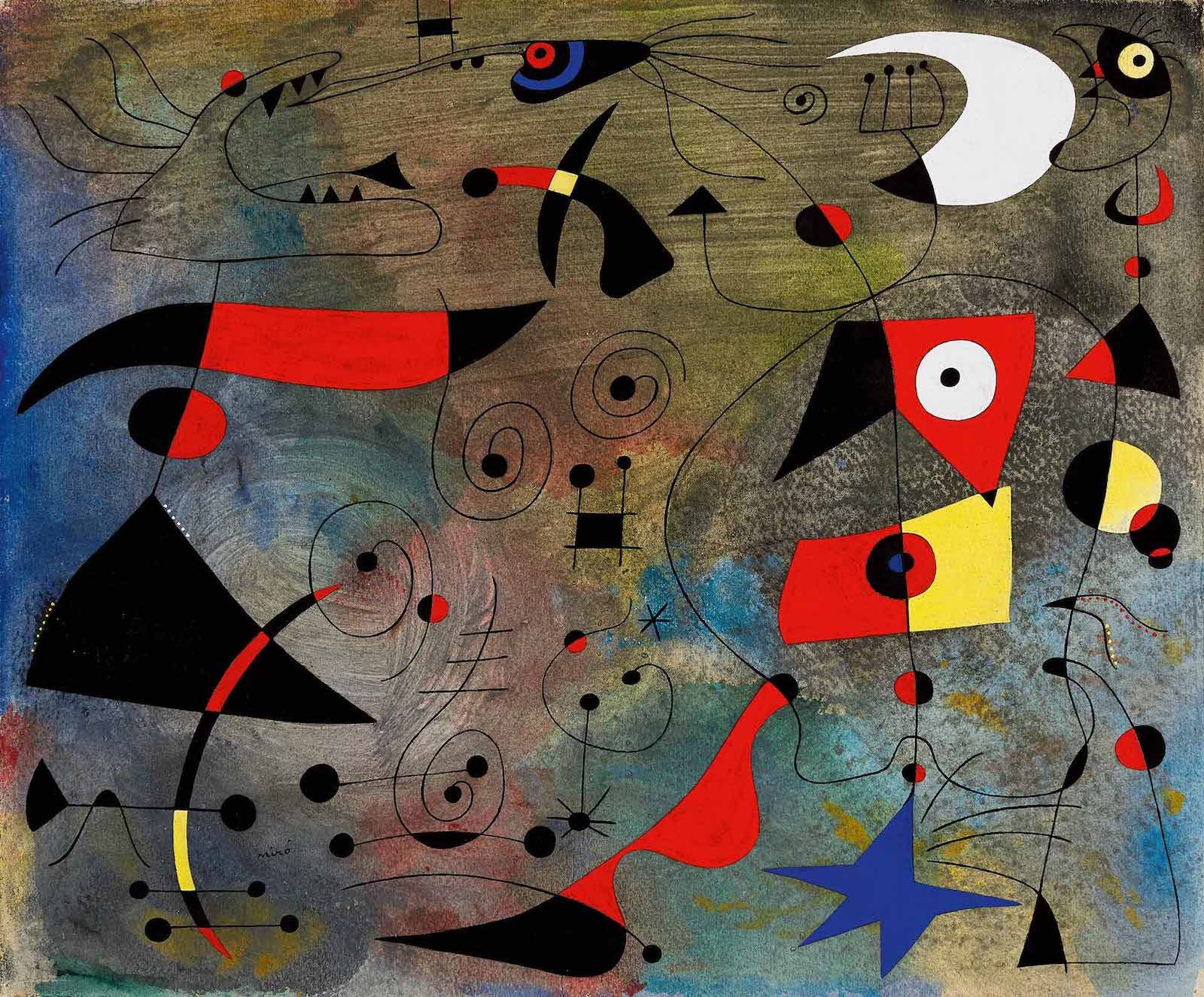How to Be Creative: Lessons in Doodles
If I’m honest, not every student in my art classes wants to be there–sometimes art is just an elective that needs to be filled, and they have no choice.
Knowing this, I attempt to make each lesson fun as possible. But sometimes fun isn’t enough to keep students engaged in . . . oh, let’s say, a perspective lesson or a cross-hatching composition using value scale.
So, occasionally, I’ll announce to the class: “Today, I do not want you to care about what you create. Just create whatever.”
Why? Because to be creative, the brain needs to feel free to do so. No rules. No timeframes. No grades. Let the creative beast out of its cage and see what it does instinctively.
And as an art teacher, I want to teach more than just skills and drills. I want you to learn creativity.
Easier said than done, you might say; and yes, it is. I mean, how do you ‘just create’ anyway?
I will refer to this enigmatic quote from Picasso:
“To draw, you must close your eyes and sing.”
This infers that to draw—or create—shut out what you see in the objective world and let that ‘mysterious something that is uniquely YOU’ deep within the soul well up and flow out like a song.
Why a SONG? A song is a musical or rhythmic vocal utterance. Heart, mind, and soul collaborate to produce something from within. To sing your song can take some bravery because you are baring the innermost you . . . unless you are a very young child who still has no concept that the innermost you might be rejected, judged, or mocked by your peers. Kids just release it. And then giggle.
So, here’s the challenge: let out the innermost you.
Close your eyes to eliminate any distractions, insecurities, or comparisons.
What's deep down there?
Let THAT out.
ON paper.
A weird thing happens to us as we progress from our tiny worlds full of indulgent creativity—we learn that maybe what we can’t create. Or it's silly and has no value, or . . . it would reveal too much of who we are.
To which I say, no holding back. Release those pent-up emotions, burdens, whatever—let in out in line, shape, and color.
Why, you may ask? Even if you are not an artist, this non-verbal expression can be relaxing, grounding, and meditative.
So without needing to employ any skills, a fun way to do this is by doodling. We sometimes do this absent-mindedly on the phone, in a meeting, or at school, so why not intentionally?
If you are a teacher or homeschool parent, these are fun exercises to use as games, warm-ups, or even as an art lesson.
Supplies you could use:
Crayons, pastels, colored pencils, watercolor paint, sharpies, or colored ink pens. Try using a variety of them together as mixed media.
But, if all you have is a pencil or ballpoint pen–just use that.
Let’s begin . . .
Simply doodle. Grab a sheet of paper and start. This may seem awkward if you are older, so give yourself a moment to get used to it. If the student is younger than age 6, this will be easy. Try not to think, let intuition take over, and give your brain a time-out.
Now, let's get your eyes out of the way. Young kids love this, older ones not so much—close your eyes and doodle. Try imagining a favorite food, vacation spot, or movie. Maybe try focusing on a specific emotion, memory, or event. When you do this, see what happens on the paper.
Listen to music. Move your pencil to the rhythm or beat. I like to play Classical, Jazz, Lofi, or something without lyrics—again, try to avoid concrete thoughts.
Just Doodle . . . again. Do you see a difference? This time your doodles may look looser. You may feel more comfortable letting your hand move along the paper without the brain interfering. NOW look for PATTERNS or images in the doodles and color them in.
Turn your doodle into a Miro. (watch a Miro composition come together here!)
Try combining a few elements from each doodle exercise into a deliberate, planned composition—similar to the work of Spanish artist Joan Miro. His paintings were abstract, playful compositions full of shapes, lines, and primary colors. Look at your doodles. Choose the most interesting shapes, lines, and colors which you automatically created on paper. Now, take 5 of them and create a purposeful composition. Stack them, spread them out, whatever you think looks good to YOU. Not to anyone else.
Try these out with your kids or students—of any age!
Young children simply have fun while building fine motor skills.
Older students discover new ways to create compositions and loosen their creativity.
And, hey, if you are an adult, it’s a relaxing way to unload any daily stressors.
Next time we’ll get more deliberate with our shapes and lines. Cubism and Gesture drawing on its way . . .
Wander, play, imagine–
***Ever wonder what your doodles mean? Check out my free infographic here.



